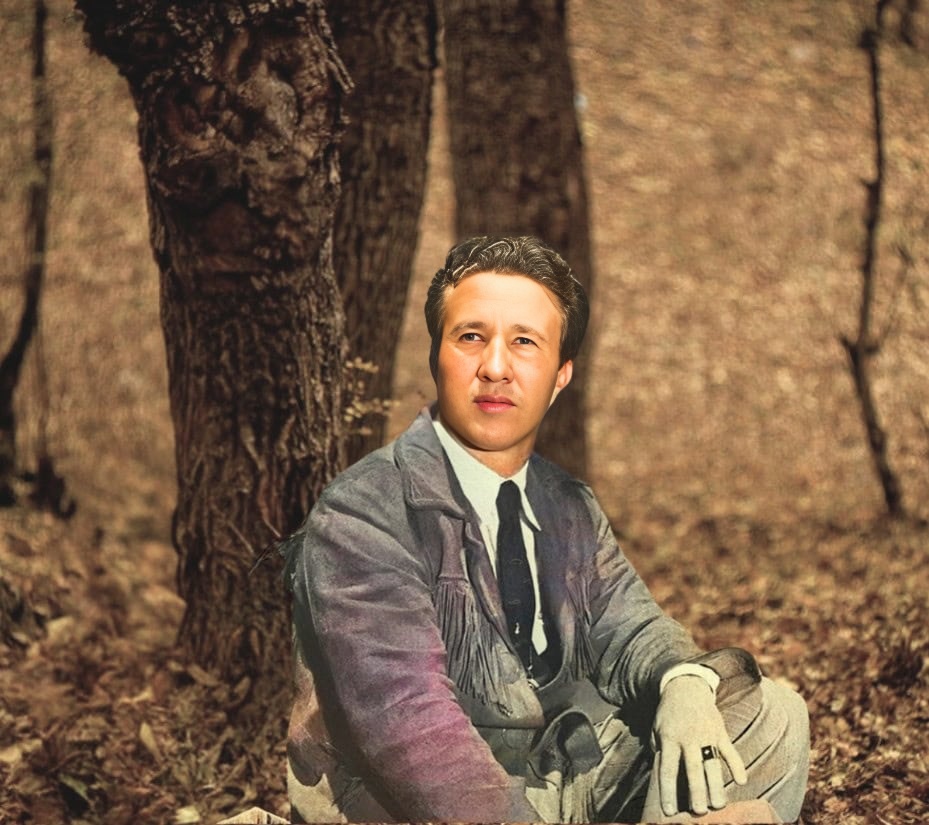
Marty Robbins, a name synonymous with the golden age of country music, was a master storyteller who seamlessly blended genres, captivating audiences with his rich baritone and vivid narratives. Born Martin David Robinson in 1925, Robbins’s career spanned decades, yielding countless hits that topped both country and pop charts. He was inducted into the Country Music Hall of Fame in 1982, solidifying his legendary status. He won two Grammy Awards, one for his song “El Paso” and one for his song “My Woman, My Woman, My Wife.”
Among his most enduring works is “Big Iron,” released in 1959. This classic Western ballad paints a cinematic picture of a fateful gunfight in the Arizona Territory. The song tells the tale of an Arizona Ranger and the notorious outlaw Texas Red, building suspense with its simple, yet powerful lyrics and distinctively twangy guitar riffs. “Big Iron” peaked at number 26 on the Billboard Hot 100 chart and number 5 on the Billboard Hot Country Songs chart, solidifying its place in the cultural landscape.
The song’s meaning lies in its exploration of themes like courage, justice, and the romanticized vision of the Wild West. The ranger’s unwavering resolve against a deadly foe, symbolized by the “Big Iron” on his hip, resonates with listeners who appreciate themes of good triumphing over evil.
“Big Iron” has enjoyed enduring popularity and widespread critical acclaim. Its iconic status is cemented by its continued use in popular culture, from video games like “Fallout: New Vegas,” which introduced the song to a new generation, to countless covers and homages. Audiences continue to praise its captivating narrative, memorable melody, and its ability to transport them to the dusty streets of the Old West. It’s a testament to Marty Robbins’s talent that “Big Iron” remains a beloved classic, almost a century after its release.